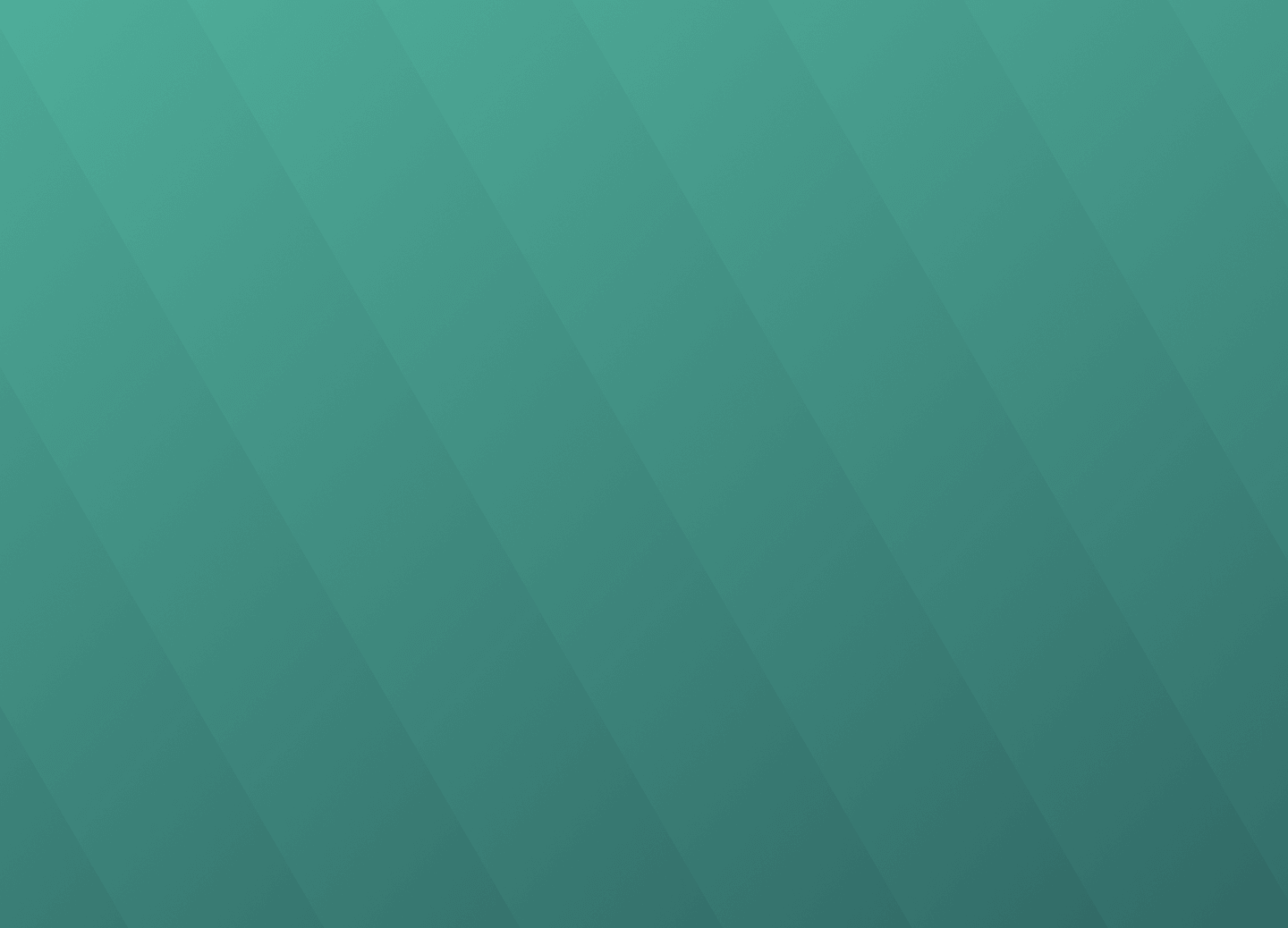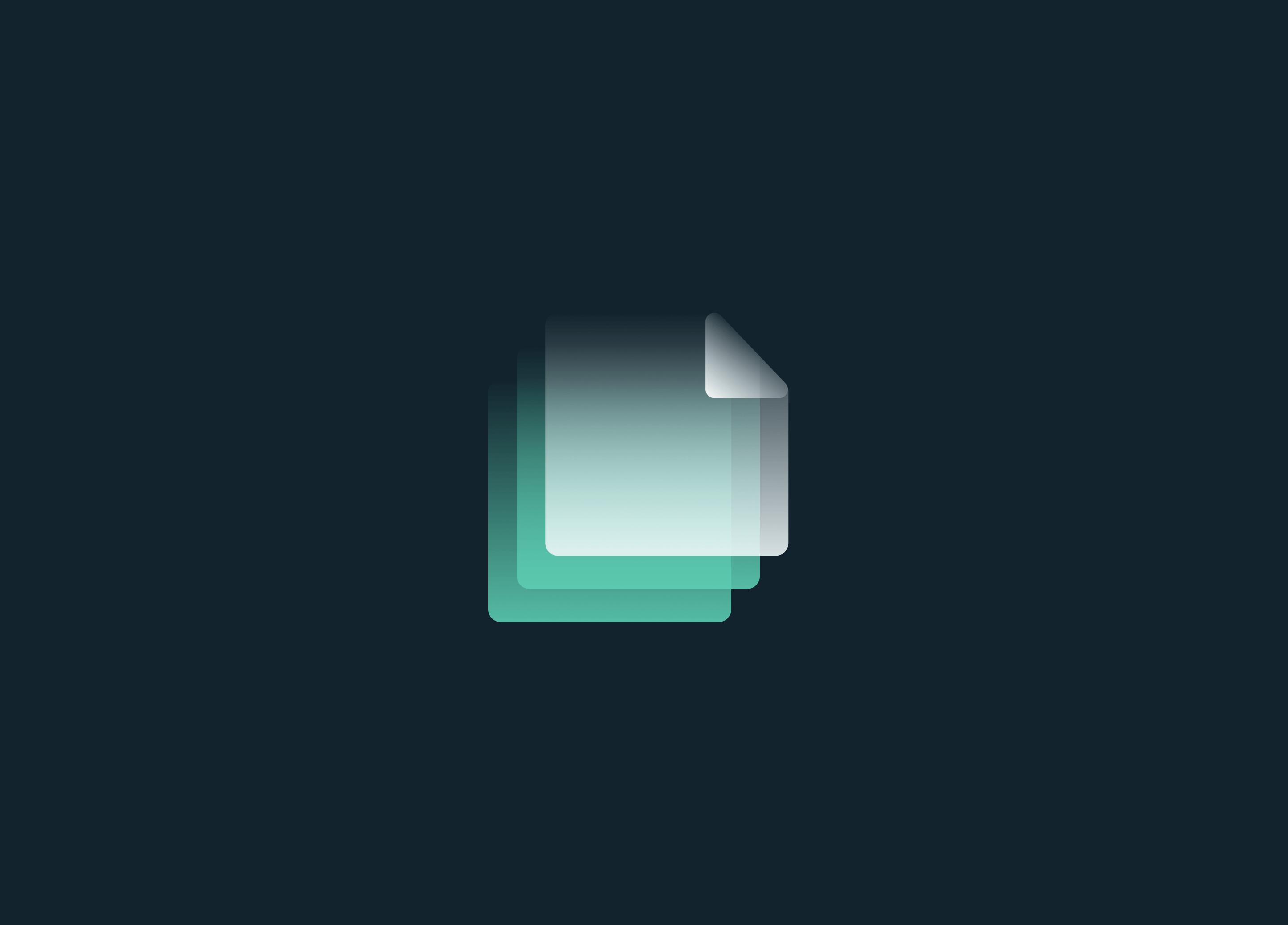In response to the EU Pay Transparency Directive, which requires employers operating in European Union member states to report on pay data, Trusaic will be evaluating the state of each country in the EU’s current gender pay gaps and the path toward compliance.
The impetus for the EU Pay Transparency Directive was to address the 12.7% gender pay gap in the European Union. While countries such as Belgium and Spain are farther along in closing the gender pay gap, Finland is one of the EU member states with a sizable pay gap.
Finland’s current gender pay gap sits at 16%. And while it has a pay data reporting requirement in place, employers will have to provide more comprehensive datasets under the EU Directive.
Additionally, they will need to have plans in place to align with the pay transparency and salary history ban requirements.
Quick Action Items for Finnish Employers
Finland employers should move swiftly to prepare for the upcoming pay transparency and reporting requirements under the EU Directive.
Organizations will need to take preliminary measures to begin reporting on their mean and median gender pay gaps. They will then need to expand on measures they are currently taking to remediate unexplained pay gaps of 5% or more.
Additionally, Finland employers will need to:
- Provide sufficient salary range information to job candidates.
- Not ask job candidates about their salary history.
- Report yearly pay gap and act when it exceeds 5%.
- Account for intersectional discrimination in pay practices and consider needs of workers with disabilities.
As we’ve previously noted, the EU Directive deliberately uses the wider term of “worker” versus “employee” to account for contractors.
Additionally, Finnish employers should proactively evaluate their current pay practices and overall compensation philosophy. Employers can lean on pay equity software solutions to expedite this process and determine root causes of potential pay disparities.
In effect, by 2026, all large employers (250+ employees) must report gender pay gaps. By 2031, all smaller employers (100 or more employees) will have to comply.
Finnish employers have existing reporting requirements in place but will need to evolve to comply with what’s ahead.
Current Requirements for Finland Employers
EU countries have until June 2026 to adopt the EU Pay Transparency Directive into law, which primarily introduces gender pay gap reporting measures.
Finnish employers with 30 or more employees are required to prepare gender equality plans that must include a comprehensive pay survey. The purpose of the pay survey is to ensure there are no unjustified pay differences between women and men engaged in either the same work or work of equal value.
Gender equality plans may be incorporated into a personnel and training plan or an occupational safety and health action plan. Plans must be prepared in cooperation with representatives appointed by employees. Those representatives must have an opportunity to participate in, and influence the preparation of, the plan.
Gender equality plans must include:
- An assessment of the employer’s gender equality situation, including details of the employment of women and men in different jobs, and a pay survey covering all employees presenting:
- Classifications of jobs performed by women and men;
- The pay for those jobs, and;
- Differences in pay.
- Necessary measures planned for introduction or implementation, with the purpose of promoting gender equality and achieving equality in pay.
- A review of the extent to which measures previously included in the gender equality plan have been implemented and results achieved.
In the process of conducting a pay survey, employers must compare pay between men and women in each employee group. If the pay equity analysis shows differences in pay between women and men, the employer must analyze the reasons for these differences. Where an employer has established systems in which wages consist of pay components, the central components are inspected to clarify the reasons for the differences.
If there is no justification for the pay differences, the employer must take appropriate measures to rectify the situation. Additional guidance on what “appropriate measures” entails is not provided.
According to the Ombudsman for Equality, “Comparisons of pay can principally be done for employees who are carrying out the same work or work of equal value for the same employer. ”
Acceptable reasons for pay differences are also provided by the Ombudsman for Equality. These include work experience and education, personal performance, different collective agreements, market factors, and other allowed temporary differences.
Upon reaching the threshold of 30 employees, an organization should begin developing gender equality plans as soon as possible. Gender equality plans must be prepared at least every two years.
An agreement can be made locally that the pay survey will be carried out no less than once every three years if other parts of the gender equality plan are completed annually.
Complying with the EU Directive
The EU Pay Transparency Directive was approved in 2023, establishing a clear framework for EU member states to apply the principle of equal pay for equal work or work of equal value.
EU member states have three years from June 7, 2023 to transpose the directive into law. Likely implementation dates are 2026, however, some countries may enact legislation earlier. All 27 member states are required to adopt the directive.
Employers operating in EU member states can take several preliminary steps to ensure compliance with the upcoming legislation. The EU Directive includes a requirement for a Joint Pay Assessment where pay gaps are higher than 5%.
Finnish employers should reevaluate recruitment processes to comply with salary range and salary history ban requirements. One way to achieve this is to create equitable, explainable, and competitive salary ranges. For example, is the base salary competitive and commensurate with employee skills?
Other items include:
- Pay explainability. Prepare to explain how you differentiate and define performance in setting base salaries. Pay transparency legislation means workers must be given access to criteria used to define salary and pay raises.
- Analyze pay gaps. Identify the causes where pay disparities exceed 5%. If there is no objective justification, we recommend addressing any anomalies to remove those unexplained gaps.
- Intersectional pay equity audit. Intersectionality is essential to close the gender pay gap. It recognizes that individuals can experience discrimination and inequality based on the intersection of multiple identities, such as race, gender, disabilities, age, and more. As noted above, intersectional discrimination is defined in the EU Transparency Directive.
Trusaic is GDPR compliant and can assist any organization in any EU state in meeting its obligations under both the EU Corporate Sustainability Reporting Directive and the EU Pay Transparency Directive.








